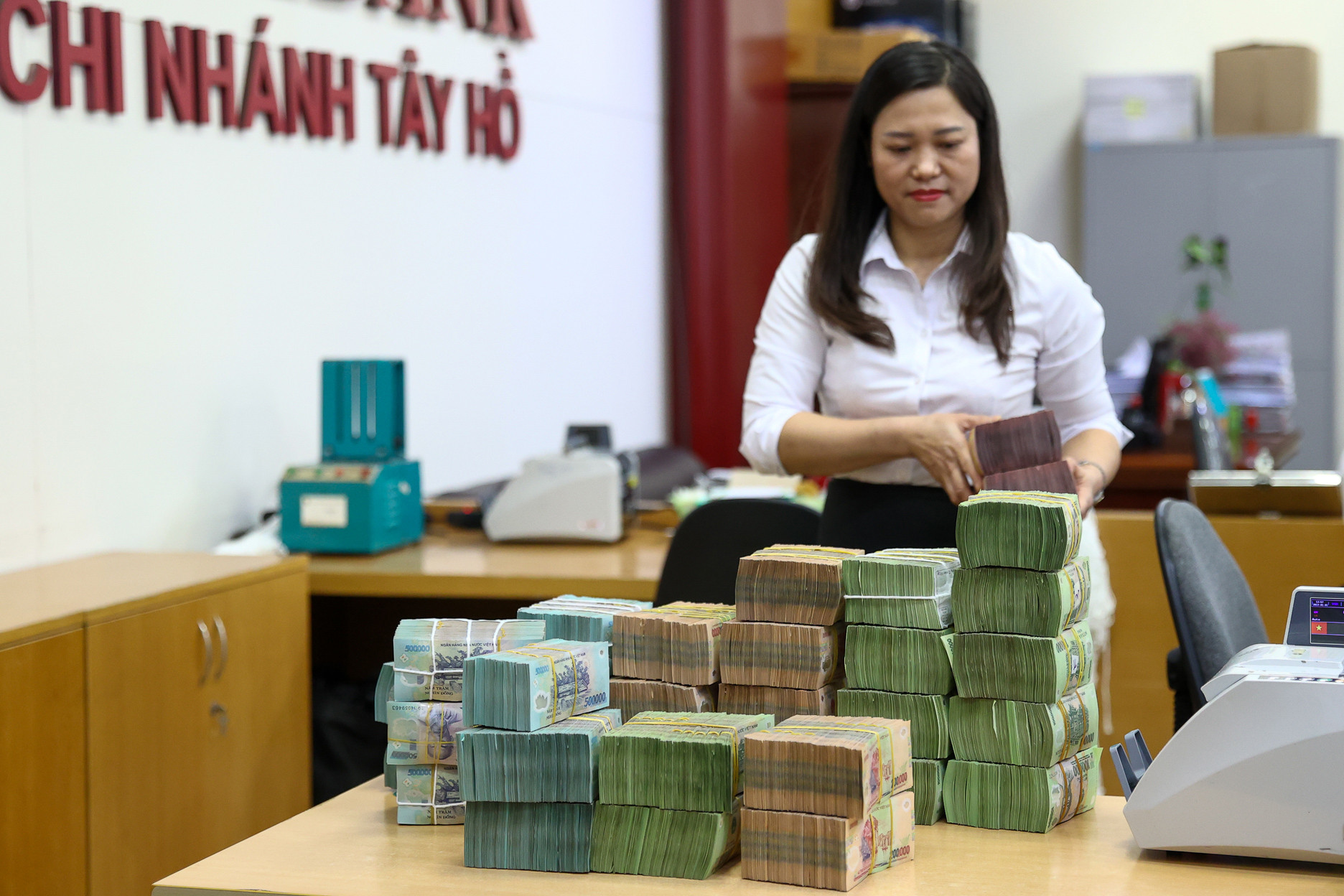
An International Monetary Fund (IMF) delegation led by Paulo Medas held discussions with Vietnamese authorities on June 11–24, 2025. The delegation met with Deputy Prime Minister Ho Duc Phoc, senior officials from the State Bank of Vietnam (SBV), Ministry of Finance (MOF), NA, and other agencies, as well as representatives from the private sector, think tanks, and stakeholders.
Positive growth momentum and the impact of reciprocal tariffs
Medas noted that Vietnam’s economy rebounded strongly in 2024, achieving a high 7.1 percent growth rate, driven by robust exports, resilient FDI, and supportive policies. This momentum continued in the first quarter 2025. Inflation remained under control, and the current account surplus reached a record 6.6 percent of GDP in 2024.
The economic outlook heavily depends on trade negotiations and is constrained by heightened global uncertainties in trade policy and economic growth.
The predictions about Vietnam’s economy are made based on the IMF’s April 2025 World Economic Outlook – which assumes that the higher tariffs will actually take effect from the third quarter.
In that scenario, Vietnam’s economic growth is forecast to slow to just 5.4 percent for the whole of 2025, and to slow further in 2026. However, if global trade tensions ease, the outlook for Vietnam’s economy would improve significantly.
The IMF’s warning is in line with forecasts from other financial institutions. Fitch Ratings forecasted that if the reciprocal tax is applied, Vietnam’s GDP growth will fall from 7.1 percent in 2024 to 5.6 percent in 2025 and 5.3 percent in 2026.
According to Bloomberg’s forecast, Vietnam’s GDP could fall by about 8.9 percent by 2030, or 1.5–2 percent per year.
Aureus Sigma Capital suggested a 1.4–2.0 percent GDP decline compared to the baseline scenario, equivalent to a loss of $6.7–9.5 billion in the first year.
VPBankS predicted an average GDP growth reduction of 1.78 percent annually over the next five years. BMI Research thinks that the growth could be 3 percent lower than projected, reaching only about 4.4 percent compared to the expected 7.4 percent.
Earlier, IMF projected the 5.2 percent growth for Vietnam in 2025, while the World Bank 5.8 percent, and the ADB 6.6 percent.
Vietnam is striving for an 8 percent or higher growth rates in 2025, aiming to create a solid foundation for a period of double-digit growth from 2026.
Nguyen Quoc Viet, a lecturer at the University of Economics under VNU Hanoi, found that international institutions’ forecasts for Vietnam’s 2025 growth have slightly declined from 6.4 percent at the end of 2024 to around 6.26 percent in recent reports (up to May–June 2025).
He said that while international growth forecasts are often highly cautious in the context of many potential risks, previous VEPR macroeconomic reports stated that in favorable conditions, the actual final growth rate is usually higher than the average forecast by 1-2 percent, while if conditions are unfavorable, it might decrease by 0.8-1.5 percent.
Meanwhile, Medas noted that downside risks are high. Escalating global trade tensions or tighter global financial conditions could further weaken exports and investment. Domestically, financial stress could re-emerge due to tighter financial conditions and high corporate debt. On the positive side, non-discriminatory trade agreements and successful structural and infrastructure reforms could significantly boost medium-term growth.
Strengthening fiscal policy
The IMF’s press release recommends that, given the uncertain economic outlook, policy priorities should focus on maintaining macro-financial stability while navigating economic adjustments.
Fiscal policy, supported by low public debt, should take the lead in mitigating short-term impacts, particularly in downside scenarios. Accelerating public investment and strengthening social safety nets are crucial.
Meanwhile, the monetary policy has limited room and should focus on anchoring inflation expectations.
Allowing flexible exchange rates is vital when the national economy has to adjust to external shocks. Some monetary easing could be considered if global interest rates decline as expected and inflation cools. Vigilance is needed to monitor and address inflation pressures, including those from external shocks.
Dr Nguyen Quoc Viet noted that rapid money supply and credit growth compared to GDP growth may pose macroeconomic risks and limit policy space. The M2 money supply grows at 13–15 percent annually, far exceeding real GDP growth (10–11 percent), indicating an imbalance between cash flows and the economy’s absorption capacity.
The credit outstanding reached 130 percent of GDP (approximately VND12 quadrillion), the highest in ASEAN. By the end of May 2025, credit growth hit 6.52 percent.
Lan Anh